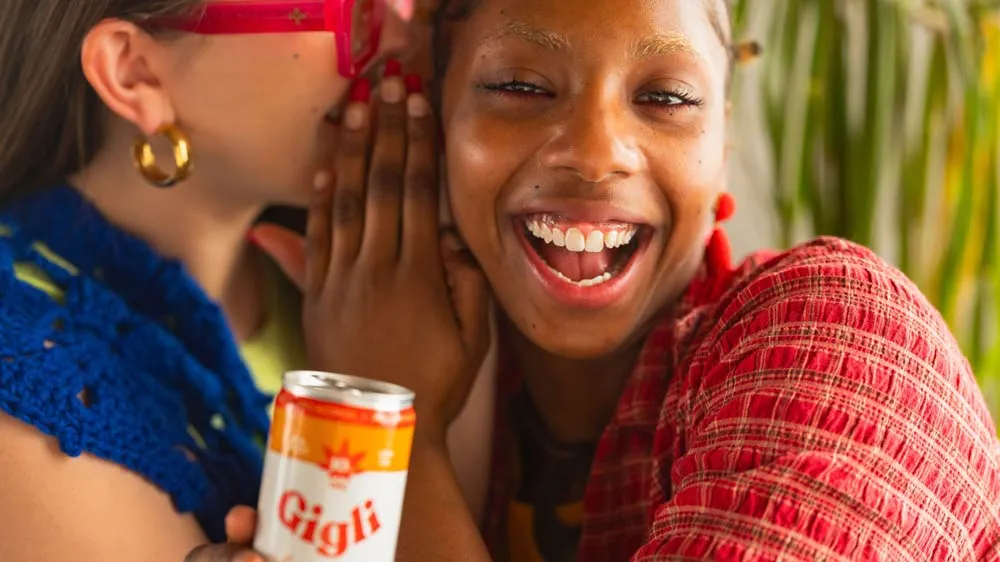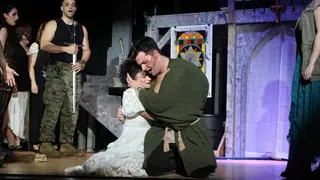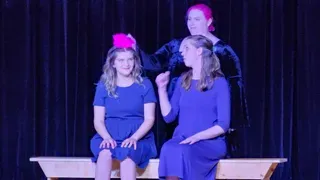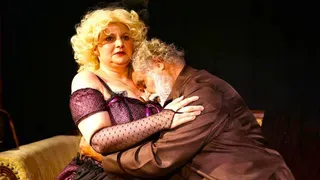December 16, 2003
Draped in Dragons: Chinese Court Costumes
Gerald Rojek READ TIME: 2 MIN.
Boston, Mass. ? The first impression one gets upon entering the MFA exhibit, Draped in Dragons: Chinese Court Costumes, is the stunning beauty these robes, or jifu, evoke. From the intricate silk and gold metallic thread to the brilliant colors emanating from the embroidery, the imperial costumes are truly magnificent.
Exhibited in the newly renovated Loring Textile Gallery, Draped in Dragons refers to the dragon symbols found on most of the textiles and clothing associated with the emperor, his courtiers, and his officials. The Chinese dragon has the head of a camel, the horns of a deer, the eyes of a rabbit, and a neck like a snake and stands as a powerful symbol of China itself.
The core of the exhibit centers on the Qing dynasty (pronounced Ch?ing), which was the last imperial royal dynasty that ruled China from 1644-1911. The Qing dynasty, a family of Manchu peoples who overthrew the native Ming Dynasty, incorporated many of their predecessors Han-Chinese traditions and symbolic motifs into their formal court dress. This continued a tradition of connecting their rule to China?s past and establishing their right to sit on the throne.
The exhibit features various forms of official robes codified by colors, jewels, beads, and insignias for the imperial family, nobility, and civil and military officials. Emperor?s Robe (1770-95) and Man?s Semiformal Court Robe (1700-1750) are two examples of the chaofu and jifu styles of court costumes.
The emperor wore the chaofu for ceremonial purposes. It is a skirted robe worn with a belt and large collar completed with a hat, black satin boots and a necklace. The jifu or ?dragon robe? was the semiformal robe worn by civil and military officials for court events and outside occasions. It is most recognizable by the ?standing water? border at the bottom of the skirt with horseshoe cuffs and narrow sleeves. Members of the court typically wore the jifu with a hat, belt, necklace and badge.
Displayed with the robes are various accessories, portraits, furniture and textiles from the Qing Period intended to highlight the lives of the men and women who wore them. The robe?s function was to establish a lavish atmosphere for the court and to orderly assign each member his or her rank.
The aesthetic quality of the robes in Draped in Dragons gives us an opulent sense of what life was like for the Qing dynasty. At times those qualities overwhelm the history that lies behind them. However much this may distract us, it is a worthwhile visit to see such rare objects from a previous time. Draped in Dragons: Chinese Court Costume was curated by Pamela A. Parmal from the Department of Textile and Fashion Arts.







